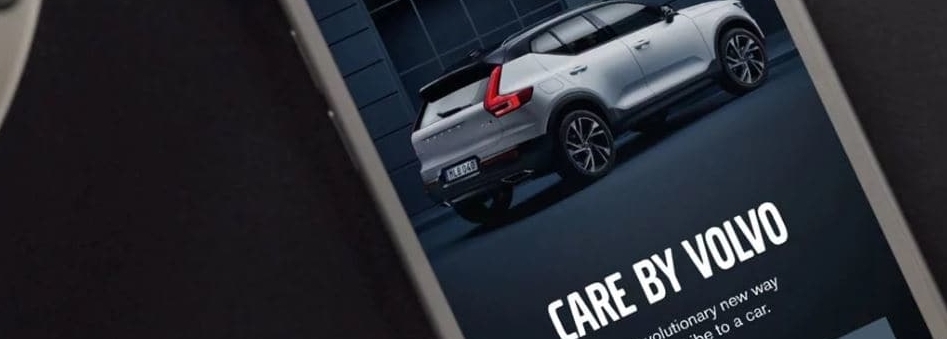The Value Creators Podcast Episode #25. Jacqueline Porter on The Power of Visual Design
Visual design is an important element in value creation, especially in telling a brand’s or a business’s story in a way that engages with customers and communicates shared values. Visual designers are multi-talented artists and storytellers with an acute understanding of customers and their emotional responses to visual cues. Our guest this week is Jacqueline Porter, an accomplished professional in her field and a very successful business owner in her own right.
We explored the business of design and creativity from the challenges within design education, and the drawbacks of rigid design frameworks and the value of subjective, creative approaches. A notable reference to a transitional figure in design Steve Jobs shows how simplicity and creativity – rules and no-rules – can work together.
The conversation moves to the realm of implementation in branding, exploring the delicate and shifting balance between fixed and flexible elements. Jacqueline advocates for constant evolution, telling a story with a dynamic interplay between exploration and exploitation for sustained success. Consistency is achieved with creativity, empathy, and adaptability.
Resources: https://www.jacquelineportercreative.com/
Shownotes:
0:00 | Intro
02:28 | Jacqueline’s Defines Visual Design: Inclusions, Exclusions and Importance
03:54 | Nike Example: What Represents a Good Design?
05:32 | Jacqueline on Branding: Advertising’s Impact
06:54 | Professional Approach: Visual and Wood Synergy in Business
09:28 | Clients Don’t Know What They Want: Process VS magic
11:02 | Lum Spirits Story
15:51 | Color Palette: First Step for Visual Representation of Lum Brand
20:09 | Visual Design Mastery: Empathy, Psychology and Branding
21:23 | History of Rules VS No Rules
22:54 | Newtonian Economic Thinking and Bauhaus Analogies
24:42 | Steve Jobs Simplicity is a Transitional Example
26:27 | Designer Examples: Getting Outside of the Box
29:05 | Crack is Wack
32:22 | Implementation of Design
34:50 | Wrap Up: Fixed and Flexible Idea
Knowledge Capsule:
We can all think of excellent elements of great visual design:
- They become an important part of our lives, our thinking, and our engagement with the world.
- Jacqueline chose the Nike swoosh to illustrate.
Subjectivity in Design:
- Design is a field where the subjectivism we advocate in value creation is uniquely valuable.
- Every customer will respond personally and idiosyncratically to visual design stimulus. It will mean something different to different people.
- Understanding the psychology of subjective value is a skill for designers.
- Breaking traditional rules can generate more acute emotional responses..
There was a 20th century movement to make design obey objective rules: “good design”.
- Bauhaus is associated with the “good design” concept, with prescriptive rules about function, simplicity and order.
- When these rules were taught in design schools, it raised concerns about students becoming replaceable, like interchangeable parts, due to strict design boundaries.
- New approaches like the Stanford D School approach left these rigidities behind, introducing the same empathic process for design as we use for value creation: understanding customer emotions, preferences and contexts comes first.
Steve Jobs as a Transitional Example:
- Steve Jobs, despite being rules-oriented, broke conventions creatively.
- Achieving simplicity in design while incorporating complexity in technology.
Examples of Breaking Design Rules:
- David Carson’s defiance of good design ideals led to influential graphic design in Ray Gun.
- Exploration of unconventional layouts, upside-down pages, layered typography, reflecting punk culture.
Great design can have huge social impact:
- “Crack is Wack” : Keith Haring’s appeal from the heart about the crack cocaine epidemic..
- The powerful impact of design in raising awareness and creating a call to action.
Empathy and Emotional Storytelling:
- Hunter and Jacqueline discuss the recurring theme of empathy in effective design.
- Emotional storytelling through research and understanding user experiences.
- Jacqueline described the storytelling journey of Lum vodka seltzer from “illuminating the night” to “illuminating life” led to a major visual rebranding.
Brand Design and Implementation:
- Discussion on the balance between fixed and flexible elements in branding.
- The need for consistency in brand recognition while allowing for creative evolution.
- Embracing constant change and evolution in design.
- The balance between exploration and exploitation for sustained brand success.
Visual design parallels value creation in its leverage of creativity, rule-breaking, empathy, and constant evolution in the field of design and branding.








Leave a Reply
Want to join the discussion?Feel free to contribute!